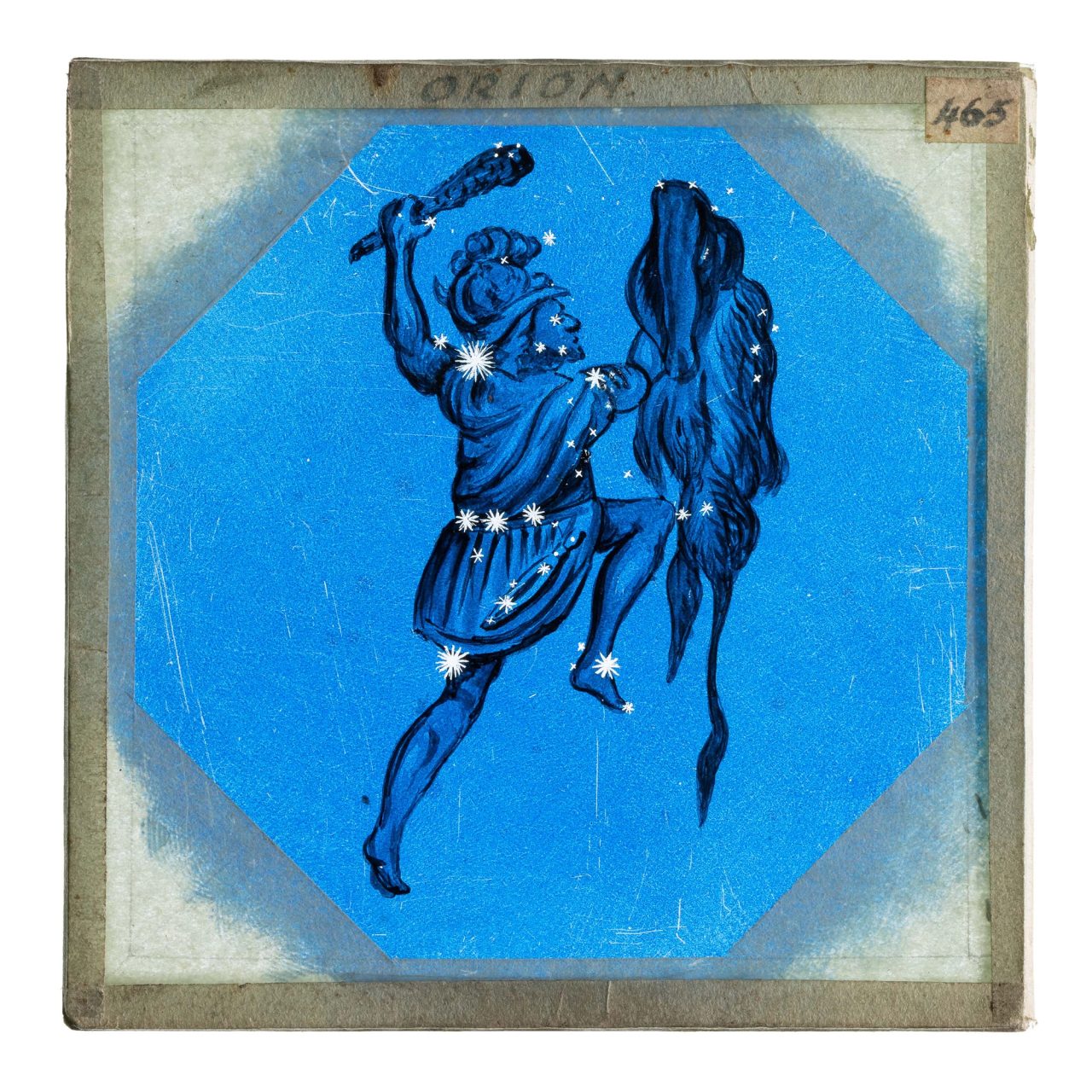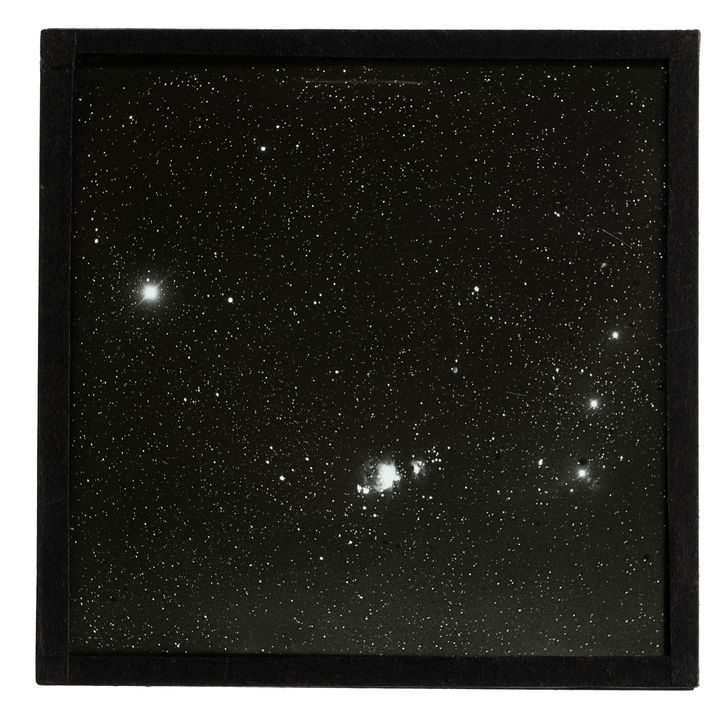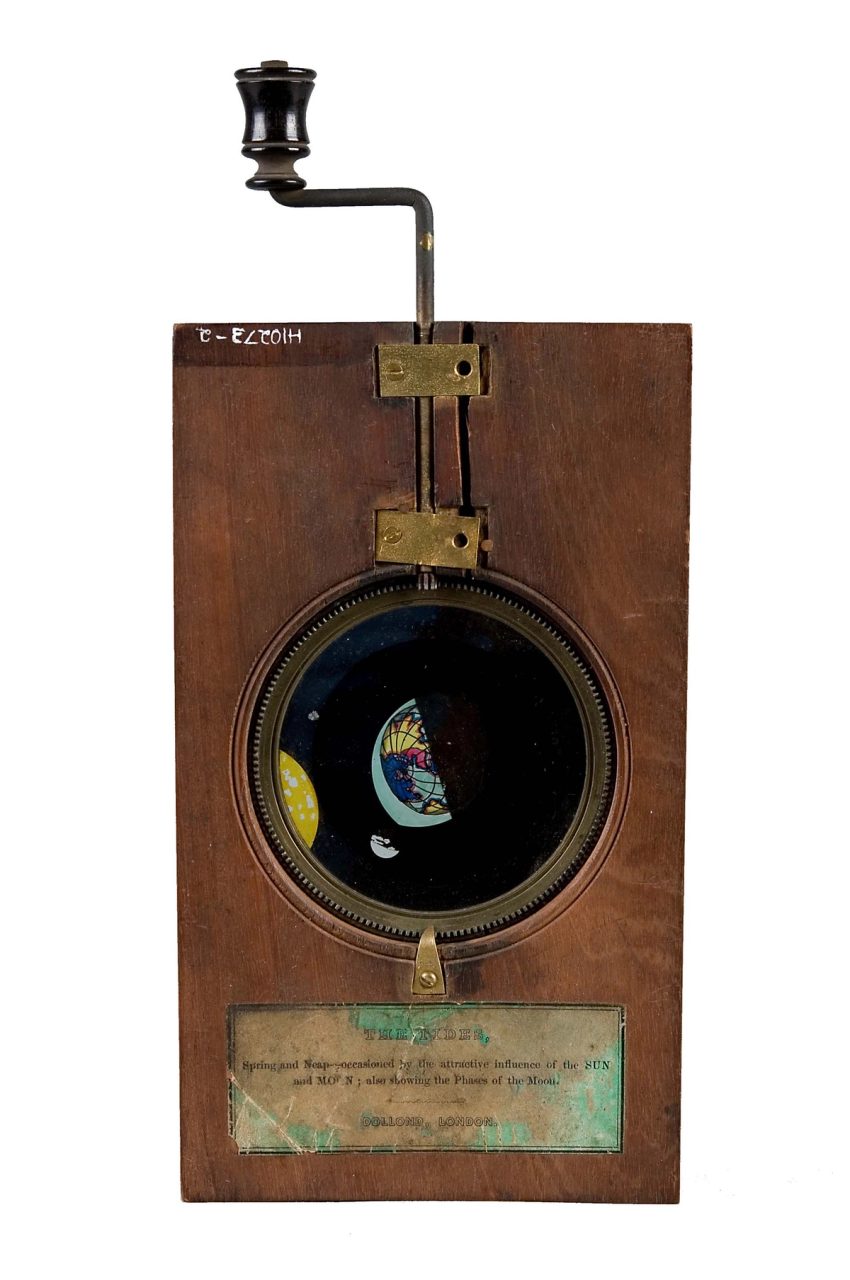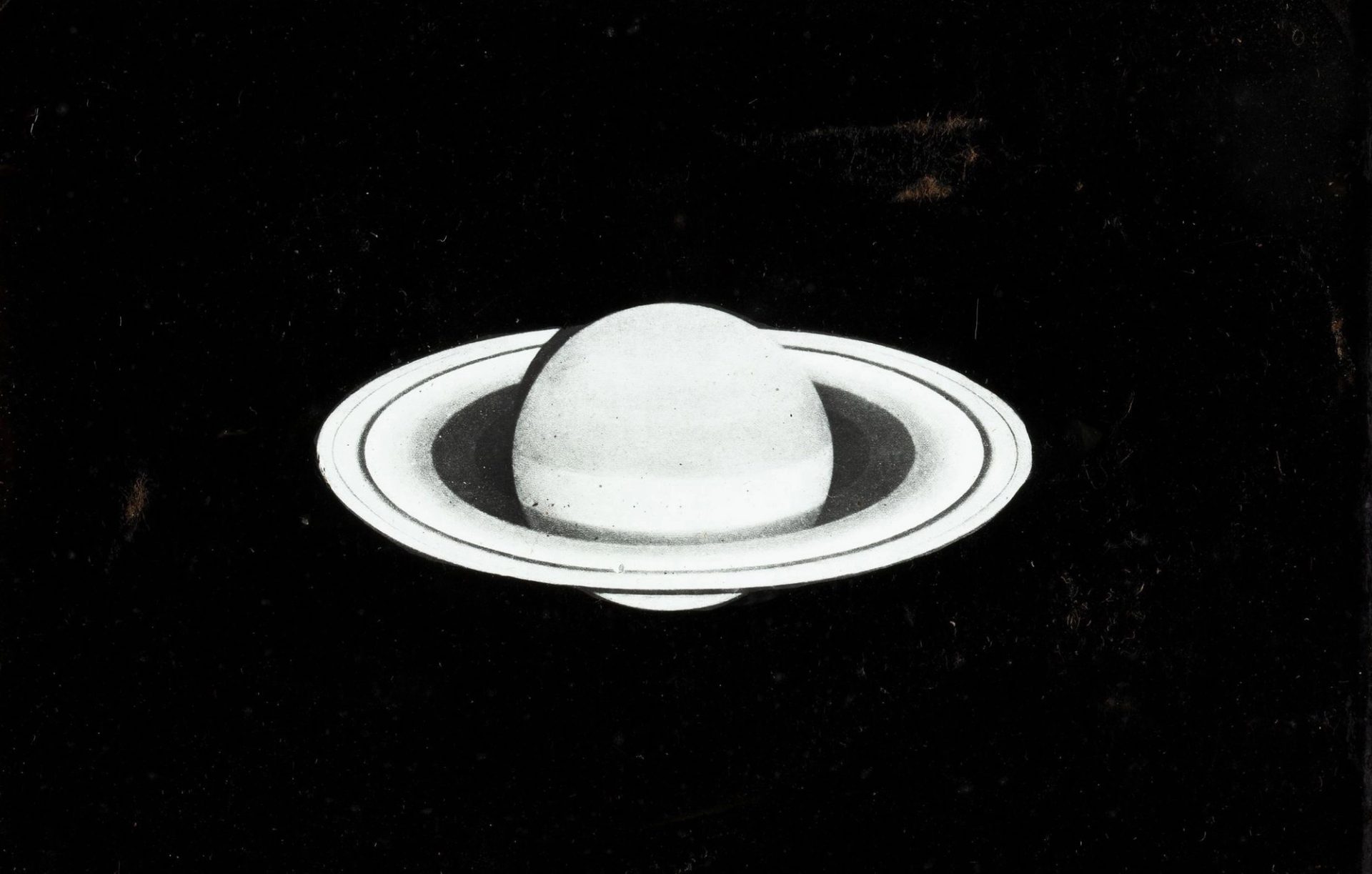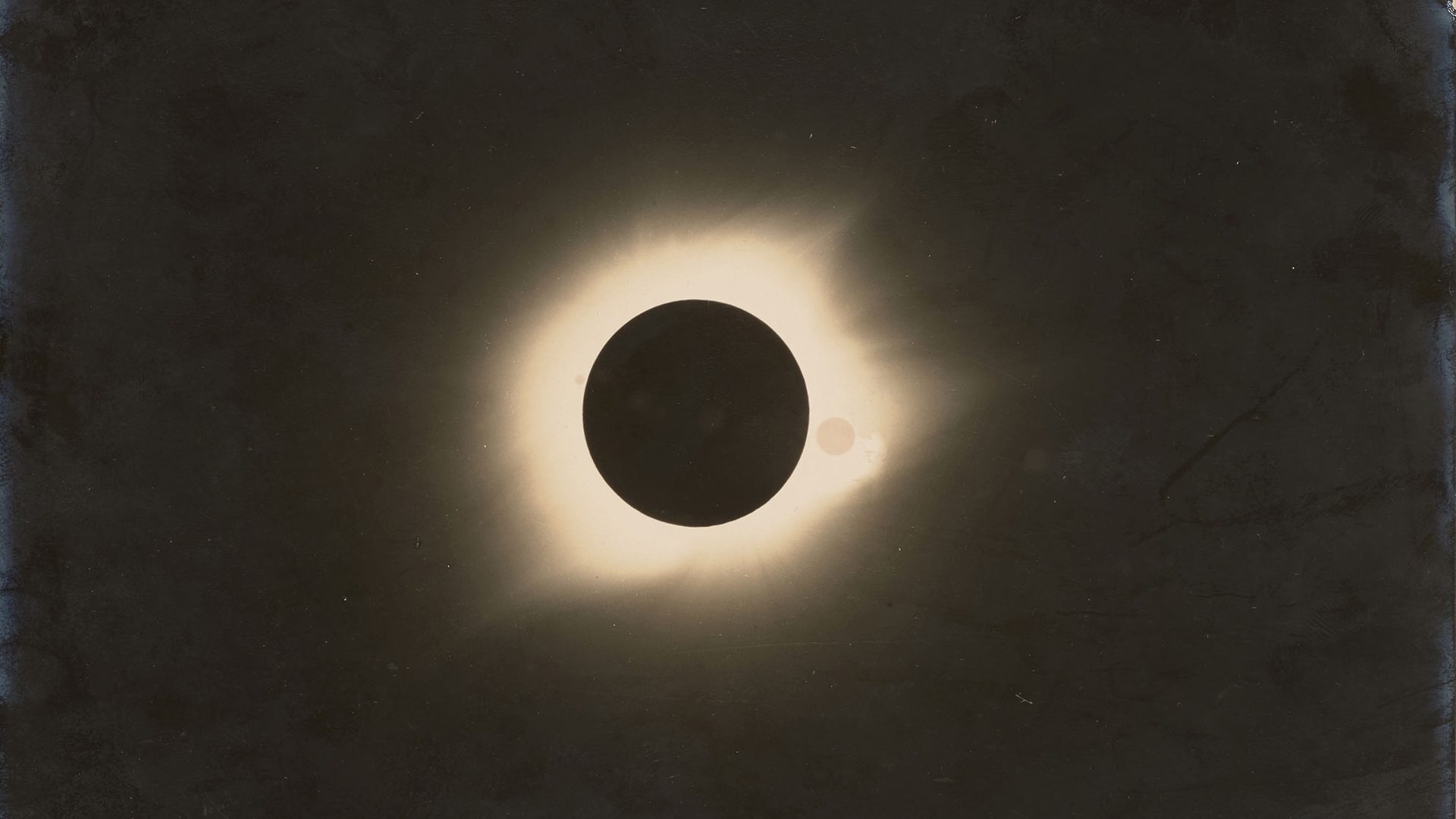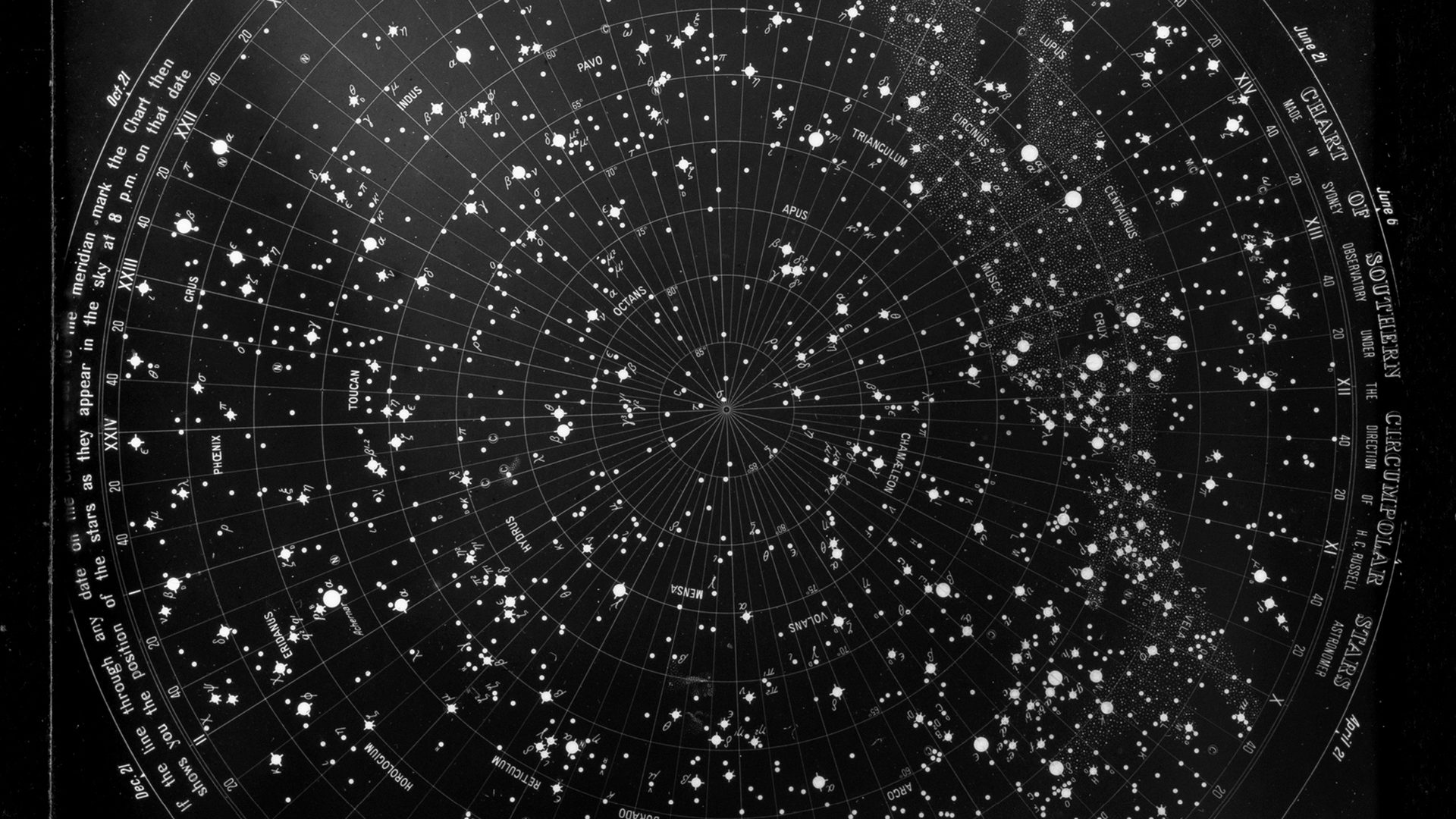Sky Guide May 2023

‘The best time to observe any meteor shower is after midnight, usually a few hours before dawn, so on the morning of the 7th, look towards the east.’
The peak of the Eta Aquarids shower this month unfortunately coincides with the full Moon on the 6th so overall viewing conditions may be better in the first three or four days of May, after the Moon has set (Moonset 1:44am on 1 May; 5:41am on 5 May).
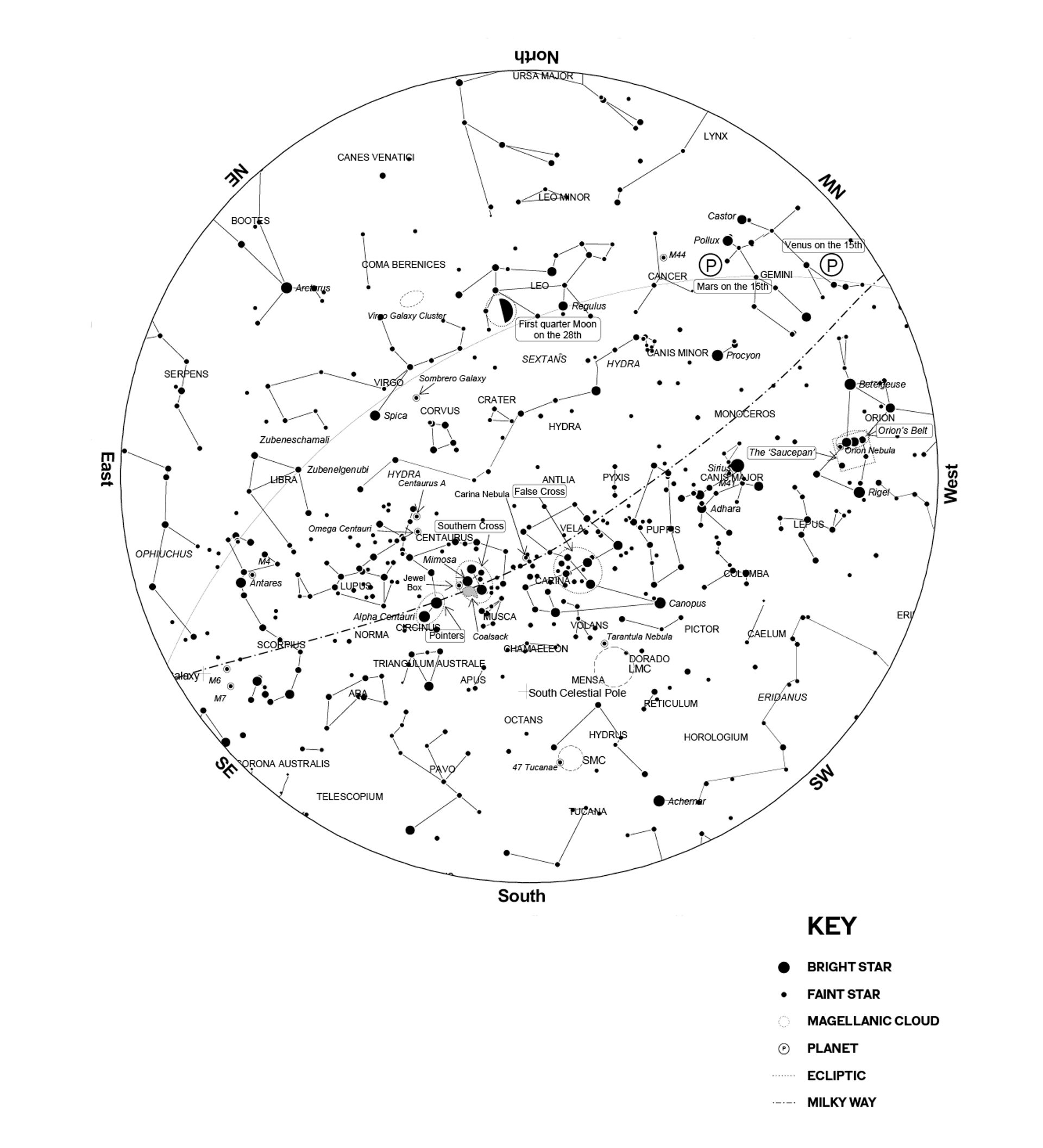
Constellations
Constellations are groups of stars that form a picture. These pictures were given names and for millennia have been used as a tool for navigation and to share significant cultural stories. Astronomers use these constellations to delineate portions of the sky and as a way for locating astronomical objects. In May the following constellations dominate the autumn sky.
Orion the hunter is on his side, low in the western sky after sunset. Orion is easy to find, with the best-known feature of this constellation the ‘Saucepan’ asterism. This is a familiar group of stars for those of us in the southern hemisphere and is Orion’s belt and sword.
Canis Major the great dog is high in the western sky in the early evening. The brightest star in the constellation, Sirius, is also the brightest in the night sky. It is bright as it is close to us, only 8.7 light years away or about 82 million million kilometres from us.
Carina is high in the southern sky and represents the keel of a ship. Carina was originally part of the constellation Argo Navis (Argo was the ship of Jason and the Argonauts) and the nearby constellations of Vela (the sails) and Puppis (the stern) formed the rest of the ship. In 1756, Nicolas Louis de Lacaille published his catalogue of the southern stars showing Argo Navis divided into the three constellations we see today. Canopus, the second brightest star in the sky, can be found in Carina and is a white supergiant star about 313 light years away.
Vela is high in the southern sky and represents the sails of the former constellation Argo Navis. During the division of Argo Navis, the stars in Vela were not given new Greek letter designations so Vela has no alpha or beta stars, instead gamma Velorum is the brightest star in this constellation.
Scorpius is rising in the eastern sky after sunset. Scorpius, the scorpion, is one of the easiest constellations to pick out as it is one of the few that does look like what it’s supposed to represent. Look for the scorpion’s heart, the red supergiant star Antares, and follow the body along to the hooked tail and sting. The scorpion plays a role in many myths, however it is best known in Greek mythology for its pursuit of Orion through the night sky.
Southern Cross (Crux) and the Pointer Stars high in the south-eastern sky you will see the Pointers – Alpha and Beta Centauri. The Pointers are to the east and slightly south of the constellation Crux, better known to us as the Southern Cross. The Pointers are one way to check you have the right cross as there are many star patterns in the southern sky that look like crosses.
Centaurus surrounding the Southern Cross on three sides is Centaurus, the Centaur, said to represent the scholarly Chiron, tutor of many of the Greek gods and heroes. The Pointer Stars make up the front legs of the centaur and the brightest of the two, Alpha Centauri (the Pointer most distant from the Southern Cross), is the brightest star in the constellation.

Planets
Jupiter is in the morning sky throughout the month, and Mercury from about the 10th, while Venus and Mars are evening planets. Saturn rises in the middle of the night, but is at its best in the early morning, but which time it will be high in the sky and easy to spot.

Mercury makes a pre-dawn appearance from about the 10th of the month onwards. Visibility improves throughout the month as Mercury progresses in its orbit around the Sun and the separation on the sky increases. It spends the month in the constellation of Aries, just grazing the edge of Cetus on the 19th and 20th. On 18 May, Mercury, the Moon and Jupiter form a triangle in the Eastern sky before sunrise.
Venus is in the north-western sky after sunset, beginning the month in the constellation Taurus and ending it in Gemini. It sets about an hour and a half after sunset, but visibility will depend on what obstructions there are around the horizon where you live. Venus is the brightest object in the night sky, besides the Moon, and an impressive sight to see.
Mars is near to Venus in the north-western sky throughout the month, starting in the constellation Gemini, and moving into Cancer in the second half of the month. On the 24th, Mars forms a triangle with Venus and the crescent Moon. With its distinctive red colour, it will be easy to identify.
Jupiter the largest planet in our Solar System is in the eastern pre-dawn sky in the constellation Pisces, moving into Aries by the 20 May. Like Venus, the visibility improves later in the month, as the Sun rises progressively later. With powerful binoculars or a modest telescope you should be able to see the four Galilean moons: Ganymede, Callisto, Io and Europa.
Saturn is rising just before 1:30am in the constellation of Aquarius from the start of the month (and closer to 11:30pm by the end). However, it is at its best seen before dawn, when it will be high in the sky. On the 14th the waning crescent Moon is just a few degrees away from the ringed planet in the sky. Saturn is not as bright as Venus or Jupiter, but its distinctive yellowy colour will help you spot it.
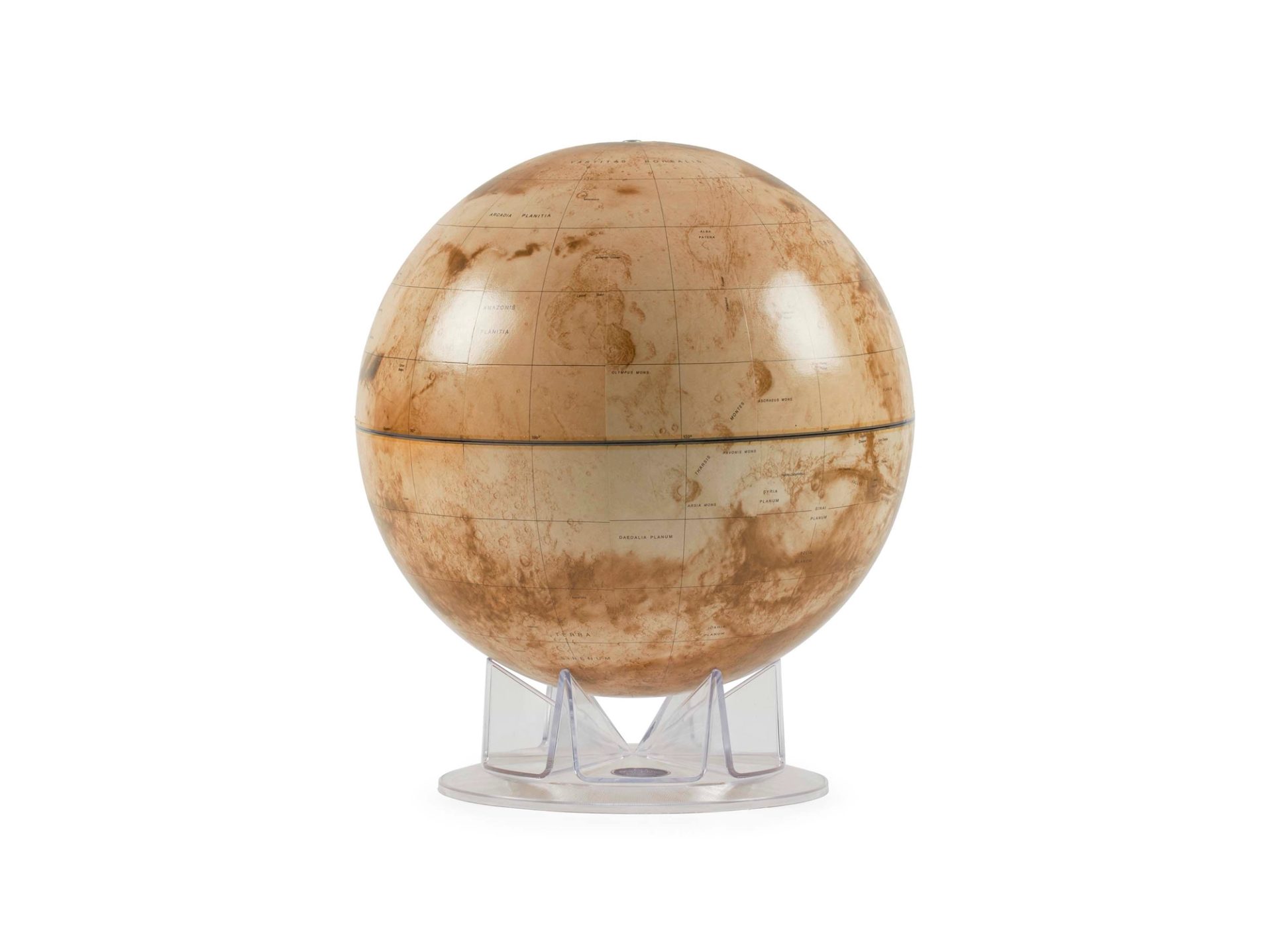
Moon
Full Moon – Saturday 6 May at 3:34am AEST
Last quarter – Saturday 13 May at 12:28am AEST
New Moon – Saturday 20 May at 1:53am AEST
First quarter – Saturday 28 May at 1:22am AEST
Deep Sky
Explore the universe through binoculars or a telescope and take in these gems of the May sky.
M41 (NGC 2287) is a bright open star cluster in Canis Major. M41 contains approximately 100 stars and there is some debate over their age with estimations ranging from 190 million to 240 million years old. The cluster is about 2,300 light years away.
Carina Nebula (NGC 3372) visible to the unaided eye and spanning more than 300 light years, this nebula is one of the largest and brightest star forming regions in our sky. Within the Carina Nebula is the star Eta Carinae, a binary system that is one of the most energetic in the region. Next to Eta Carinae is the Keyhole Nebula (NGC 3324), a molecular cloud of gas and dust and an active star forming region that looks, as the name suggests, like an old-fashioned keyhole. The Carina Nebula is about 7,500 light years away.
The Jewel Box (NGC 4755) is an open star cluster approximately 10 million years old. It is close to Beta Crucis (Mimosa), the second brightest star in the Southern Cross and in binoculars and small telescopes appears as an ‘A’ shape. It is about 20 light years across, consisting of just over 100 stars most of which are blue, as well as some red and blue supergiants. The Jewel Box is one of the youngest open clusters in our skies with and estimated age of approximately 14 million years. It lies about 6,400 light years from us.
Alpha Centauri a triple star system consisting of Alpha Centauri A and B and the closest star to our Sun, Proxima Centauri (Alpha Centauri C) at 4.2 light-years away. Proxima Centauri is a red dwarf star, only visible through large telescopes, and revolves around the other two stars once every 550,000 years. Two planets have been confirmed in orbit around Proxima, Proxima b and Proxima c. Proxima b is an Earth-mass planet discovered in 2016 located within the habitable zone of Proxima Centauri, while Proxima c is a super-Earth exoplanet orbiting the star once every 1,097 days.
Omega Centauri (NGC 5139) is the brightest and largest globular cluster in the sky. It is so bright that it was labelled as a star on early sky charts by Ptolemy and is one of the few objects in the sky that carries both a star designation and an object catalogue designation. Omega Centauri shines with the luminosity of a million suns and is relatively close to us, only 15,800 light years away. It contains about 10 million stars and some theories suggest it could be the remnant core of a galaxy that is merging with our own Milky Way.
Centaurus A (NGC 5128) is the most prominent radio galaxy in the sky. In visible light Centaurus A looks like an elliptical galaxy with a dark dust band intersecting its middle. There is evidence of a past collision or galaxy merger from the warping of this disk of gas and dust. There is also a black hole at the galaxy’s centre that ejects jets of high-speed gas into space. Centaurus A is about 12 million light years away and over 60,000 light years in diameter.

Other Events
In May 2023 also look for:
Eta Aquarids Meteor Shower is linked to Halley’s Comet and is one of the most popular in the southern hemisphere. This shower is active between 19 April and the 28 May, with the peak on the evening of the 6th and the morning of the 7th. At its peak, the rate of meteors will often be around 50 per hour.
The Eta Aquarids are usually very swift, moving at about 66km/s and are usually a striking yellow colour. They are also known for their trains (debris afterglow in the wake of a meteor), with about 25% of meteors leaving a train behind.
The best time to observe any meteor shower is after midnight, usually a few hours before dawn, so on the morning of the 7th, look towards the east. The peak unfortunately coincides with the full Moon on the 6th so overall viewing conditions may be better in the first three or four days of May, after the Moon has set (Moonset 1:44am on 1 May; 5:41am on 5 May). The shower is best viewed away from city lights.

















